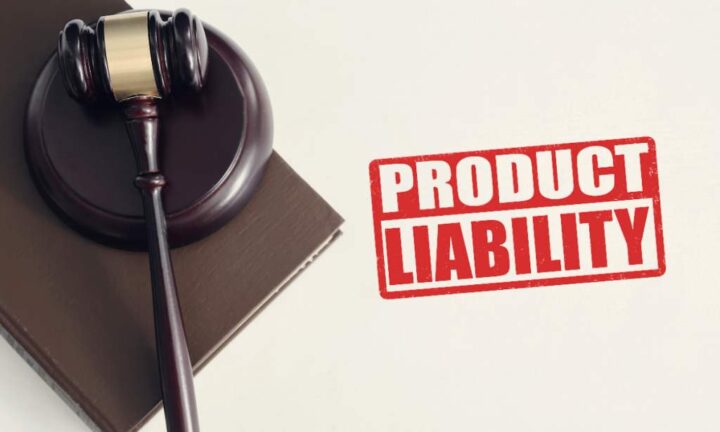The 3 Types of Product Liability Cases You Should Know About
Louisville, Kentucky, with a population of over 600,000, thrives as a hub of cultural and economic activity. Known for the Kentucky Derby and its rich bourbon history, the city boasts a diverse economy driven by healthcare, manufacturing, and logistics industries. Even in this vibrant landscape, the importance of understanding and holding manufacturers answerable for the safety of their products is important.
Every day, we interact with a myriad of products, from everyday household items to complex machinery. While most of these products function as intended, it’s important to remember that some may fail, leading to serious injuries or damages. These incidents often spark critical legal battles.
If you or someone you know has been harmed by a defective product, it’s crucial to take action. A product liability lawyer in Louisville can provide the clarity and support needed to pursue justice.

This post talks about the three main types of product liability cases, shedding light on how each impacts consumers and their legal rights. Let’s dive in.
Defective Manufacturing Claims
Manufacturing defects occur during production, making a product dangerous despite its safe original design. These flaws often result from errors in assembly, faulty materials, or improper quality control.
For example, a batch of toys might leave the factory with sharp edges due to misaligned machinery. Similarly, a car could have defective brakes because a crucial component was improperly installed.
In these cases, the defect must directly cause the harm. Even if only one product in a production line contains the flaw, the manufacturer holds responsibility for any injuries or damages. Victims of such defects often focus their legal efforts on proving that the error occurred during the manufacturing phase.
Defective Design Claims
Unlike manufacturing defects, design defects stem from how a product is conceived. Here, the entire line of products poses a risk because the design itself is inherently unsafe. A classic example involves vehicles prone to rolling over because of the high center of gravity. Even when manufactured correctly, these vehicles remain dangerous because their design introduces significant hazards.
To succeed in these claims, the injured party must demonstrate that a safer, feasible alternative design exists. Courts typically assess whether the product’s risks outweigh its intended benefits. Design defects impact all users of the product, not just those who encounter rare production errors.
Failure to Warn or Inadequate Instructions Claims
Some products require proper warnings or instructions to ensure safe usage. When manufacturers fail to provide clear guidance or warn consumers about potential dangers, they open the door to liability claims.
For instance, an over-the-counter medication may cause severe side effects if combined with specific foods. If this warning is absent or unclear, users may suffer avoidable harm.
These cases often concern whether the manufacturer provided sufficient warnings to make the product safe for typical use. Labels, instruction manuals, and packaging are critical in fulfilling this responsibility. When these materials fall short, manufacturers must answer for the consequences.
Why These Categories Matter
These three categories, manufacturing defects, design defects, and failure to warn, form the foundation of product liability law. They ensure that companies remain accountable for creating and distributing safe products. Injured parties have a clear framework for pursuing compensation if one of these issues results in harm.
In summary, individuals can better protect their rights and hold manufacturers accountable for negligence by recognizing the differences between these cases. Each category serves a unique purpose, offering victims a path to justice.


